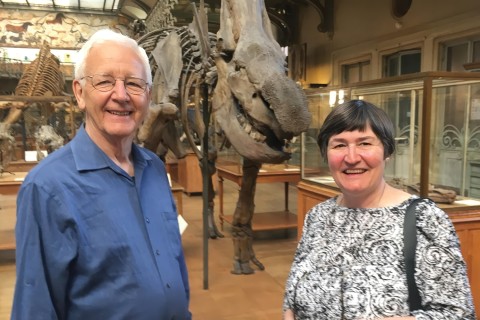My church's bicultural conversations
It started with food. A long line of people stood outside the church door waiting their turn as the groceries piled up on folding tables around the sanctuary. Most of these people, in truth, wanted nothing to do with our church itself. They wanted and needed the packages of ground turkey and cans of green beans, the bags of potatoes and boxes of cookies that came up from Denver in a semi trailer every third Wednesday.
The volunteers came from the ranks of those who wanted food, but soon it became apparent that there were a few who wanted more. Not more food, but more connection, more service, more of a place around the table. These few came early to brew coffee. They made sandwiches to pass out in line. They organized those carrying in boxes from the truck. They developed a system for handing out tickets and collecting them. Nearly every one of those people who wanted more spoke Spanish as their primary language. Not one of them came to our church on Sunday.
Then a priest arrived from El Salvador. With his wife, he began to meet the food bank volunteers. They organized lunches and conversations to talk about what “more” might be. He began to visit them in their homes. He started having conversations with our English-speaking clergy about a bilingual, bicultural church. We started painstakingly creating bilingual liturgy and added Spanish-speaking members to our congregational leadership team.



